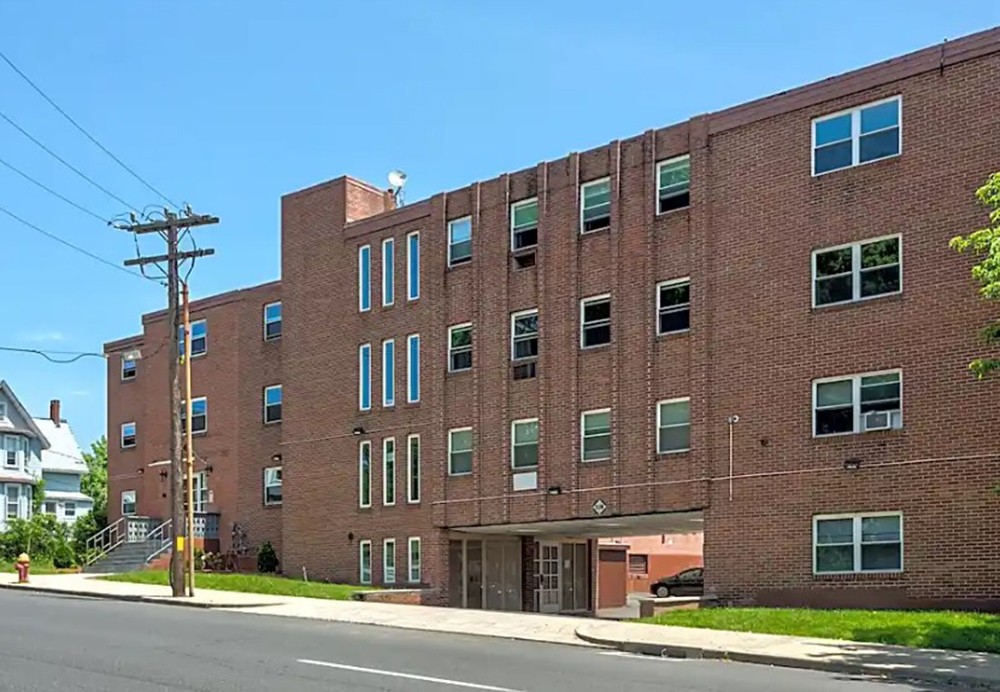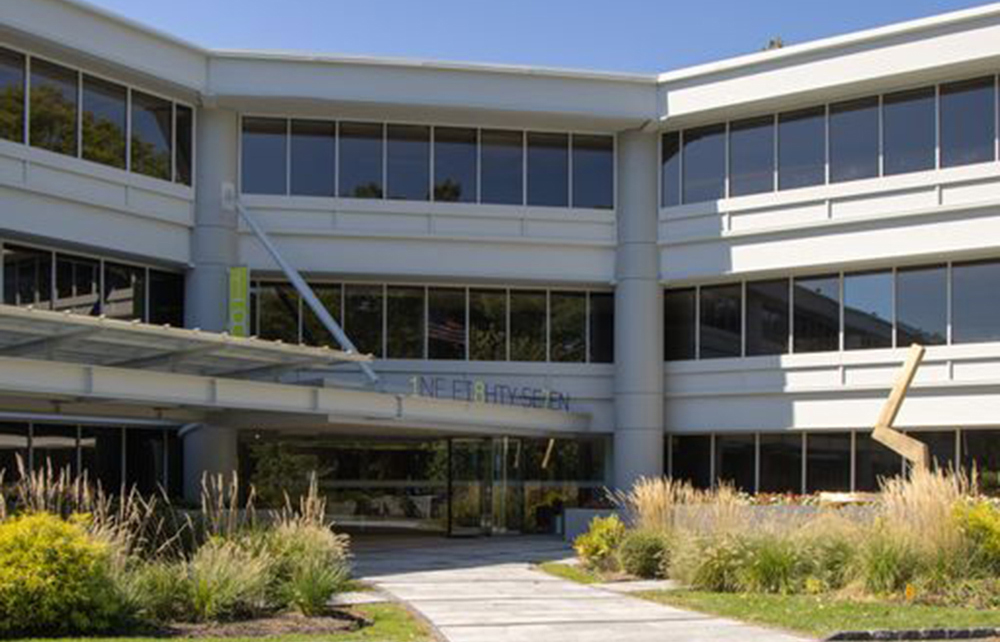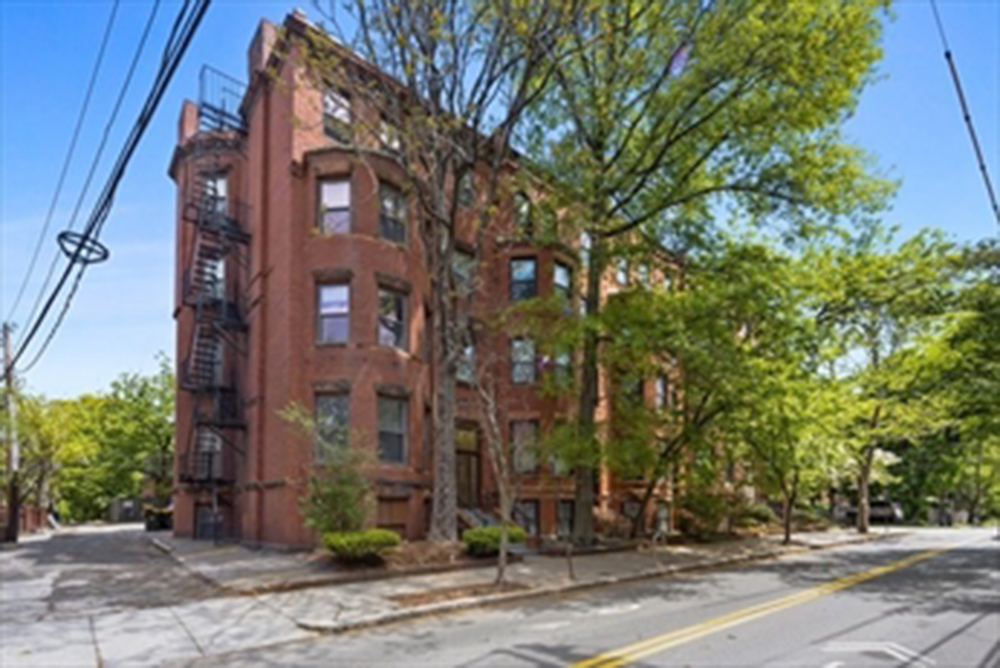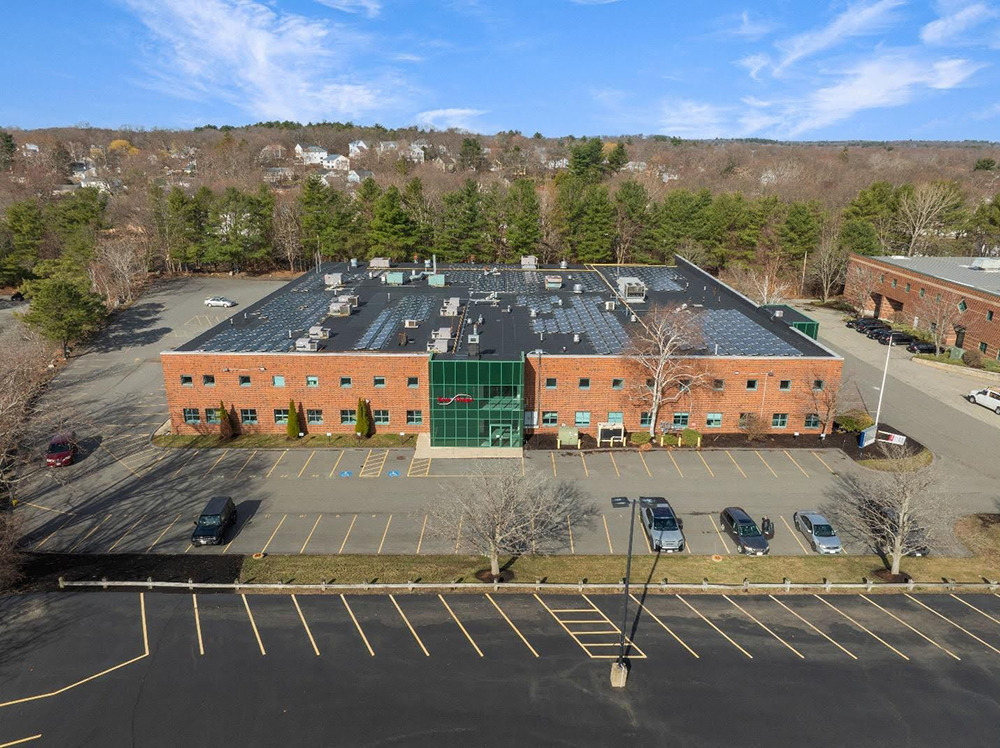News: Connecticut
Posted: June 30, 2010
Environmental compliance and commercial real estate - Does it affect my business? Why bother?
When thinking about environmental aspects associated with most commercial properties typically brings thoughts like Phase I, II & III site assessments associated with identifying contamination and remediation strategies. Many property owners think this is just a routine commercial office or other type of property, not something like a manufacturing facility that utilizes hazardous materials of concern. What types of commercial properties have at least some environmental regulatory requirements? Almost Everyone! And it is not just the property owner who is required to comply, many requirements apply to renters.
Just a few examples of the numerous ways a commercial property may have environmental compliance regulatory requirements:
* Are cleaning supplies utilized? If so container labeling & informational requirements apply.
* Are fluorescent bulbs generated? Unless otherwise managed they are considered hazardous waste.
* Is a Stormwater Plan (SWPPP) required (by Department of Environmental Protection)?
* Commercial sites with >5 acres of impervious surfaces (e.g. roofs and paved areas).
* Industrial sites classified in particular industries (e.g. by Standard Industrial Code).
* Is there a total of more than 1,320 gallons of on-site petroleum products (ex: heating oil, diesel fuel)? If so a Spill Prevention Control & Countermeasures (SPCC) Plan may be required.
* Fats, Oil & Grease (FOG) permit for restaurants discharging wastewater to a sewer system.
How are applicable site requirements determined; should I hire a professional? The answer depends upon status and complexity, along with in-house available knowledge and resources, similar to preparing taxes when determining if you need to hire an accountant or CPA. Additionally certain environmental plans, permits and forms require professional certifications such as a professional engineer.
How is environmental compliance accomplished? First step, perform a regulatory assessment or audit of the site in order to determine applicable regulatory requirements and areas of concern to reach beyond compliance. A suggested next step is to look at means to avoid the requirements; this does not mean ignoring regulatory requirements, as subsequently discussed ignoring requirements can lead to significant potential problems and associated costs. Then prepare and implement an action plan, such as applicable paperwork, labeling, plans and permits. Documentation is a key element.
How are regulatory requirements avoided? By using exemptions incorporated into the environmental regulations for good reasons. Examples are:
* Fluorescent bulbs when recycled are much less stringently regulated by "Universal Waste" regulations than required by "Hazardous Waste" regulations; why, to encourage recycling.
* Limit the amount of on-site petroleum products to avoid preparing an SPCC plan.
* Substitution, using less toxic chemicals.
This may require a comprehensive approach such as detailed in an overall waste management strategy Korth Engineering, LLC prepared for the auto recycling industry. By using various exemptions allowing for reuse and recycling of various materials along with chemical substitution, little or no hazardous waste is generated, hence a site is classified in the least restrictive regulatory category. Overall results are: favorable environmental activities performed, with reduced environmental compliance burdens; a win-win situation. If regulatory requirements can't be avoided then the option is to either implement the necessary steps or chose the ignore approach and hope nothing happens.
What are examples of consequences for non-compliance?
* Regulatory fines, penalties and required actions.
* Adverse public perception.
* If an incident does occur, collecting on insurance policies may have indemnification clauses which allow for non-payment of a claim.
* Employee liabilities such as workman's compensation claims and lawsuits
* Contaminated property; either your own or a neighboring site.
* Problems and/or excessive costs when attempting to sell or transfer business ownership.
How much is this going to cost? A better question may be how much is this going to potentially cost with continued non-compliance? It is always significantly more expensive to fight fires than to implement prevention measures. If 100% compliance is not initially practical and/or economically achievable, using a phased-in approach is a better alternative than to do nothing. Obviously the least costly means is to ignore the rules and hope nothing happens and don't get caught; not a recommended strategy.
Why go beyond compliance? Obviously being a good corporate citizen and caring about your employees is important. Environmental compliance and waste minimization can also be good business.
Bradley Korth is a registered Professional Engineer in Connecticut and owner of Korth Engineering, LLC in Marlborough, Conn.
Tags:
Connecticut
MORE FROM Connecticut
Example Story Title CT 1
Boston, MA The fall season always marks the return of IFMA Boston events, and this year is no different. Registration is now open for IFMA Boston’s FMForward Deep Dive 2024. The FMForward Deep Dive 2024 Conference will be held on November 19th at the Babson Executive Conference Center in Wellesley, Mass.

Quick Hits






